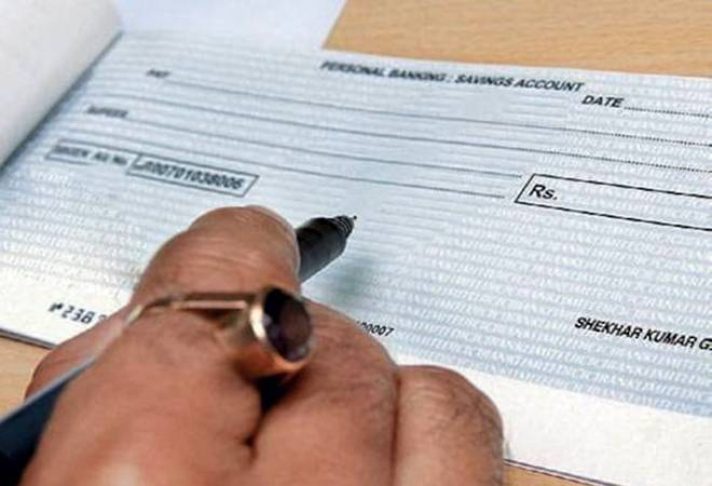Almost every other day, you read the news related to cheque fraud in newspapers. In today’s time, it is quite common to change the account holder’s details to prepare fake cheques or withdraw funds. With the help of this, the hard-earned money of the common people who are duped in minutes. In such a way, RBI has decided to bring a mechanism called ‘Positive Pay’ for all cheques above Rs. 50,000 to make payments more secure through cheques. Based on volume and value, 20% and 80% cheques will be covered by RBI’s move, respectively.
“A ‘Positive Pay’ arrangement will be put in place for all cheques of Rs 50,000 or more to make cheque payments more secure,” RBI Governor Shaktikanta Das said after briefing rbi’s Monetary Policy Committee (MPC) on the decisions taken at the bi-monthly review meeting.”
Know here what is Positive Pay?
It’s a kind of fraud detection tool. Under this, all information related to the cheque is cross-verified before it is in cash. If a person who issues the cheque shares all the information to the bank related to the issued cheque on the bank’s mobile app. If there is no match in the data, the bank contacts the person who issues the cheque.
How this mechanism works:
ICICI Bank of the private sector uses this mechanism. As per the information on ICICI Bank’s website, you need to share the cheque number, date of the cheque, payee’s name, account number, money on the bank’s mobile application, and the front and rear side photos of the cheque before giving the cheque to the beneficiary. Then, when the payee deposits the cheque, the information given by the cheque and the issuer through Positive Pay is cross-checked. If the information was given by the issuing cheque and the cheque details match, the amount is given to the beneficiary. While the details are not matched, the cheque issue is contacted.
Read also: What is a virtual credit card? Here are some best options of providers
RBI new gold loan guidelines: Users can take more loan against gold
What are the benefits of a PAN Card, and how to apply for it?
Image credit: businesstoday


